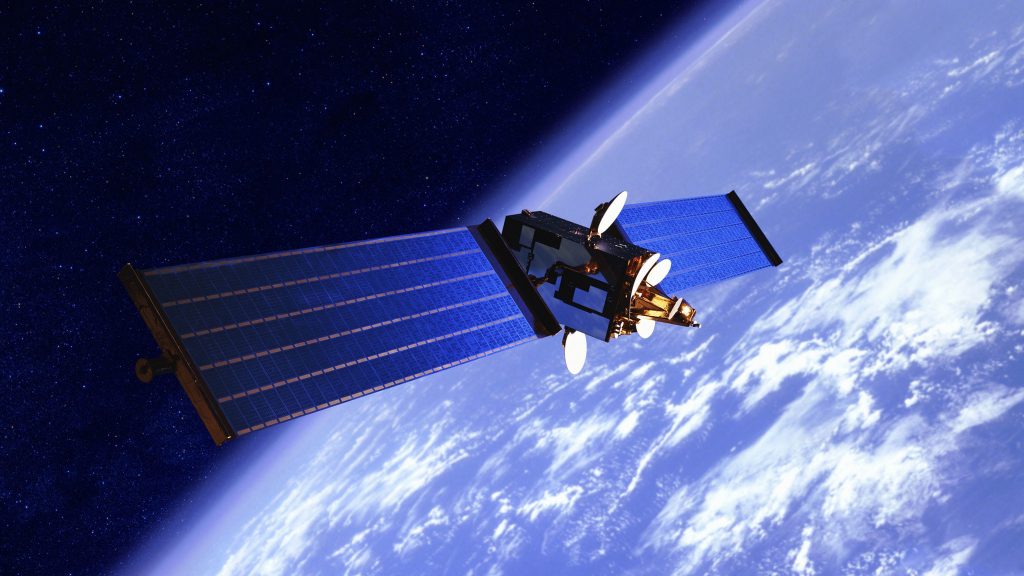Elon Musk wants to make the internet available anytime, anywhere. To this end, his space company, SpaceX, has been launching satellites into space for some time. 1,800 of them are now orbiting the Earth and should provide nearly worldwide network connectivity as of fall 2021. But that’s just the beginning of the Starlink satellite internet called Musk. In the long term, the businessman wants to put more than 50,000 satellites into orbit. Scientists have long warned of the consequences, and now business representatives are criticizing Musk’s plans. In the US state of California, for example, the competing company Viasat is noisy
Spectrum.de It is currently studying whether the US Federal Communications Commission (FCC) approvals for thousands of Starlink satellites should be withdrawn. The accusation: The agency ignored applicable environmental law when evaluating the project.
Starlink passes not allowed?
Experts raise their voices
t3n.de Suppose that the large number of Starlink satellites will dramatically change the night sky. Rockets are clearly visible today and, according to astronomers, are much brighter than 99 percent of the satellites currently in orbit. In the future, more satellites can be seen in the sky than stars – also because other companies are leading projects similar to Starlink. Normally, the FCC does not need to comply with the US National Environmental Policy Act (NEPA). Scientists and companies are now demanding this change in the case of satellite permits. For the FCC, the same regulations must apply to NASA, which is bound by NEPA requirements. SpaceX has responded to the criticism by proposing to reduce the reflections of its satellites. However, the appearance of the night sky is not the only problem with the project.
potential environmental impact
Scientists from the University of British Columbia (University of Vancouver, Canada) recently studied the effects of satellites on the atmosphere, according to the report. The devices consist primarily of aluminum, which is converted to aluminum oxide when it burns in space. This, in turn, leads to the breakdown of the ozone layer, thus temporarily damaging the ozone layer. A study calculated that 2.2 tons of aluminum from defective Starlink satellites would burn this way each day if Musk went ahead with his plans. The amount of e-waste can also lead to more dangerous collisions in space projects. If Viasat passes the FCC assessment review, it could have far-reaching implications for Starlink and similar projects.





More Stories
Nvidia GeForce RTX 4090: AIDA64 gets Ada spearhead support
Rogue Trader – Details about the first cRPG in the series – CD-Action
t3n – Digital Pioneers | digital business magazine